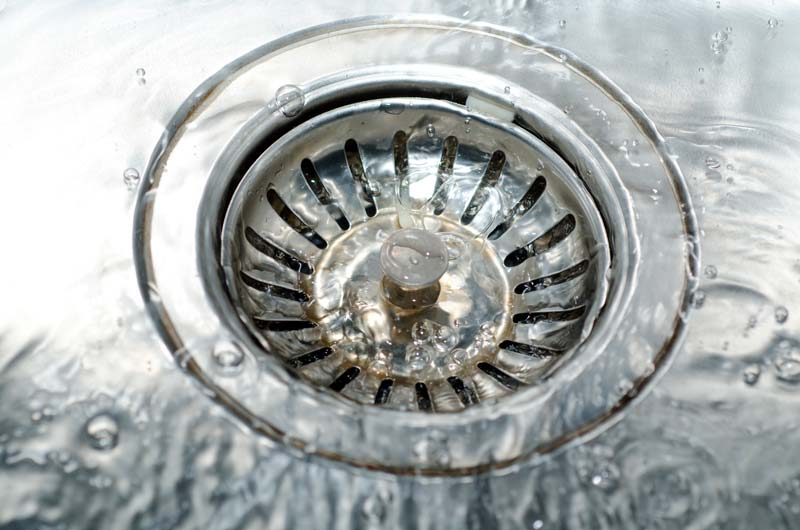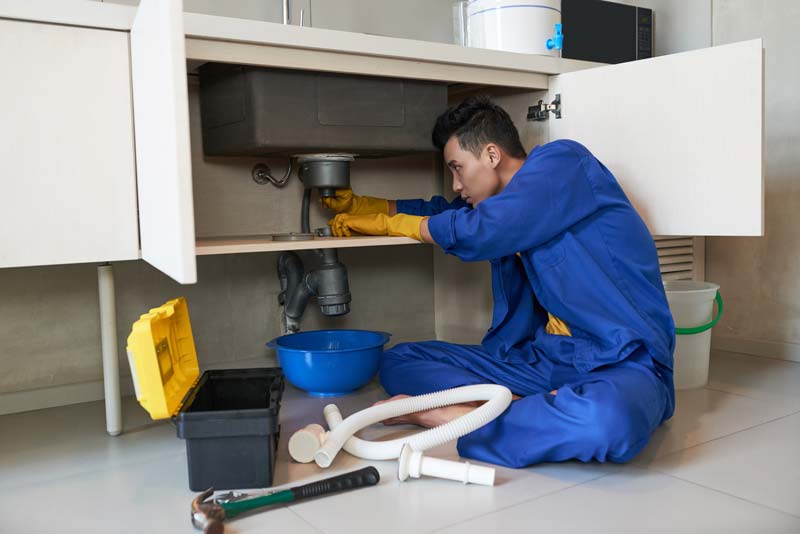
What is a drain cleaner? Simply put, a drain cleaner is a common household tool or chemical used to clean drains and keep them running smoothly. Many homeowners also use it to keep their sinks, toilets, and other drains clear of clogs. These clogs can be caused by various things, such as hair, grease, soap, and food particles. However, many people need to fully understand how drain cleaners work and the different types available.
This article will explore the mysteries of drain cleaners and help you make an informed decision when choosing one for your home.
Chemical vs. Natural Drain Cleaners
But first, it is important to understand the difference between chemical and natural drain cleaners. Chemical drain cleaners are typically made with harsh chemicals that can harm the environment and your plumbing. These chemicals can cause damage to pipes and may even release toxic fumes. In contrast, natural drain cleaners are made with non-toxic ingredients and are much gentler on your plumbing.
One of the most common chemical drain cleaners is sodium hydroxide, also known as lye. This chemical is very effective at breaking down grease and other materials that can clog drains, but it can also damage pipes and cause burns to the skin and eyes. If you choose to use a chemical drain cleaner, it is important to follow the manufacturer’s instructions and to use gloves and goggles to protect yourself.
Another popular chemical drain cleaner is sulfuric acid, often used to unclog toilets. While this chemical is effective, it can be corrosive and toxic if used incorrectly. It is also important to note that sulfuric acid cleaners should not be used on metal pipes.
Natural drain cleaners are gentler and often use ingredients like baking soda, vinegar, and citric acid. These ingredients help to break down grease and other materials but won’t damage your plumbing or cause any harm to the environment.
Understanding drain cleaners can be daunting, but understanding the difference between chemical and natural drain cleaners will help you make an informed decision when choosing one for your home.
Chemical vs. Mechanical Cleaners
Drain cleaners use various methods to remove clogs and blockages from drains. They come in liquids, gels, powders, and devices and are designed to dissolve or break down the materials clogging the drain.
Chemical cleaners use harsh chemicals to dissolve the materials that are clogging the drain. These chemicals include lye, sulfuric acid, and sodium hypochlorite. These chemicals are highly effective at breaking down grease, hair, and other materials that can clog drains, but they can also be harmful to pipes and can cause burns to the skin and eyes.
On the other hand, mechanical cleaners use physical means to remove blockages. These include snakes, augers, and plumbers’ wands. These devices are inserted into the drain, breaking up or removing the blockage. These methods are generally considered safer for pipes than chemical cleaners, but they may be less effective at removing certain clogs.
When comparing chemical and mechanical cleaners, it is important to consider the pros and cons of each method. Chemical cleaners are highly effective at breaking down clogs, but they can be harmful to pipes and can cause burns to the skin and eyes. Mechanical cleaners are generally safer for pipes but may be less effective at removing certain clogs.
How Do Drain Cleaners Work?
Drain cleaners typically use a combination of chemicals to break down and dissolve clogs in drains. The active ingredients in these cleaners are usually alkaline or acidic substances, such as lye or sulfuric acid. The chemicals react with the materials clogging the drain, breaking them down, and allowing the water to flow through. Some products also contain enzyme drain cleaners that help to break down organic matter, such as hair and grease. These cleaners can be used in various types of drains, including those in the kitchen, bathroom, and laundry. It’s important to follow the manufacturer’s instructions when using drain cleaners and to take appropriate safety precautions.
Common Ingredients in Drain Cleaners
The most common chemicals found in drain cleaners are lye, sulfuric acid, and sodium hypochlorite. Lye, also known as sodium hydroxide, is a strong base that is highly effective at breaking down grease and other materials that can clog drains. Sulfuric acid is often used to unclog toilets, but it can also cause damage to pipes. Sodium hypochlorite is a common ingredient in liquid drain cleaners and effectively breaks down organic materials.
- Sodium hydroxide (lye)
Sodium hydroxide, commonly known as lye, is a powerful alkaline compound that breaks down fats and grease when used in drain cleaners. It can dissolve lipids and proteins on contact, making it an ideal chemical for clearing out clogs caused by these materials. It is often used with other chemical additives, such as surfactants and enzyme dream cleaner, to create a more effective cleaning solution.
- Potassium Hydroxide
When potassium hydroxide is mixed with water, it creates heat and releases hydroxide ions, which have a high pH level. These hydroxide ions react with the grease, hair, and other materials in the drain, breaking them down into smaller particles that can be easily washed away. This process is similar to that of sodium hydroxide, which is another common ingredient in drain cleaners.
- Alkylbenzene Sulfonates
This detergent helps to loosen up grease so that it can be more easily broken down by other chemicals in the cleaner. Alkylbenzene sulfonates are also responsible for helping to create large bubbles that help to carry away the materials that have been broken down by the cleaner.
- Borax
Borax is a natural mineral salt compound and one of the most common ingredients in drain cleaners. It works as an alkaline, meaning it helps raise the drain cleaner’s pH level so that it can break down grease and other clogging materials. Borax also helps to dissolve organic matter in drains, such as eggshells and coffee grounds.
- Enzymes
These natural compounds help to break down organic matter like food particles, paper towels, and other debris that can contribute to clogs. Enzyme drain cleaners are typically mixed with other drain-cleaning chemicals to help make them more effective at breaking down clogs.
It’s important to note that even though these chemicals are effective, they can also harm humans and the environment. They can cause burns to the skin and eyes and also damage pipes. It’s important to always follow the manufacturer’s instructions and to use gloves and goggles to protect yourself when using chemical drain cleaners.
Finding the Best Drain Cleaner in Staten Island, NY

When looking for a drain cleaner in Staten Island, NY, it’s important to consider the type of clog you are dealing with and the type of drain it is in. For example, if you have a clog in your kitchen sink, look for a drain cleaner specifically formulated to break down grease and food particles. If you have a clog in your bathroom sink or shower, you may want to look for a cleaner formulated to break down hair and soap scum.
It’s also important to consider the type of pipes you have in your home, as some cleaners may not be suitable for certain types of pipes. For example, if you have PVC pipes, you’ll want to avoid using a drain cleaner in Staten Island, NY, that contains chemicals that can damage PVC. You’ll also want to avoid using a drain cleaner that contains bleach if you have a septic system.
Another important factor to consider is the safety of the drain cleaner. Make sure to choose a drain cleaner in Staten Island, NY that is safe for you, your family, and your pets.
Consult with the Best Plumbing Services Near You Today!
For professional drain cleaning in Staten Island, NY, contact Drain Cleaning Pros Staten Island. We offer drain cleaning and hydro jet drain services to help keep your drain clear and free from clogs. With our fast, effective, and safe drain cleaning service, you can get the job done right the first time. Contact us today to learn more about how we can help you with drain cleaning in Staten Island, NY!
